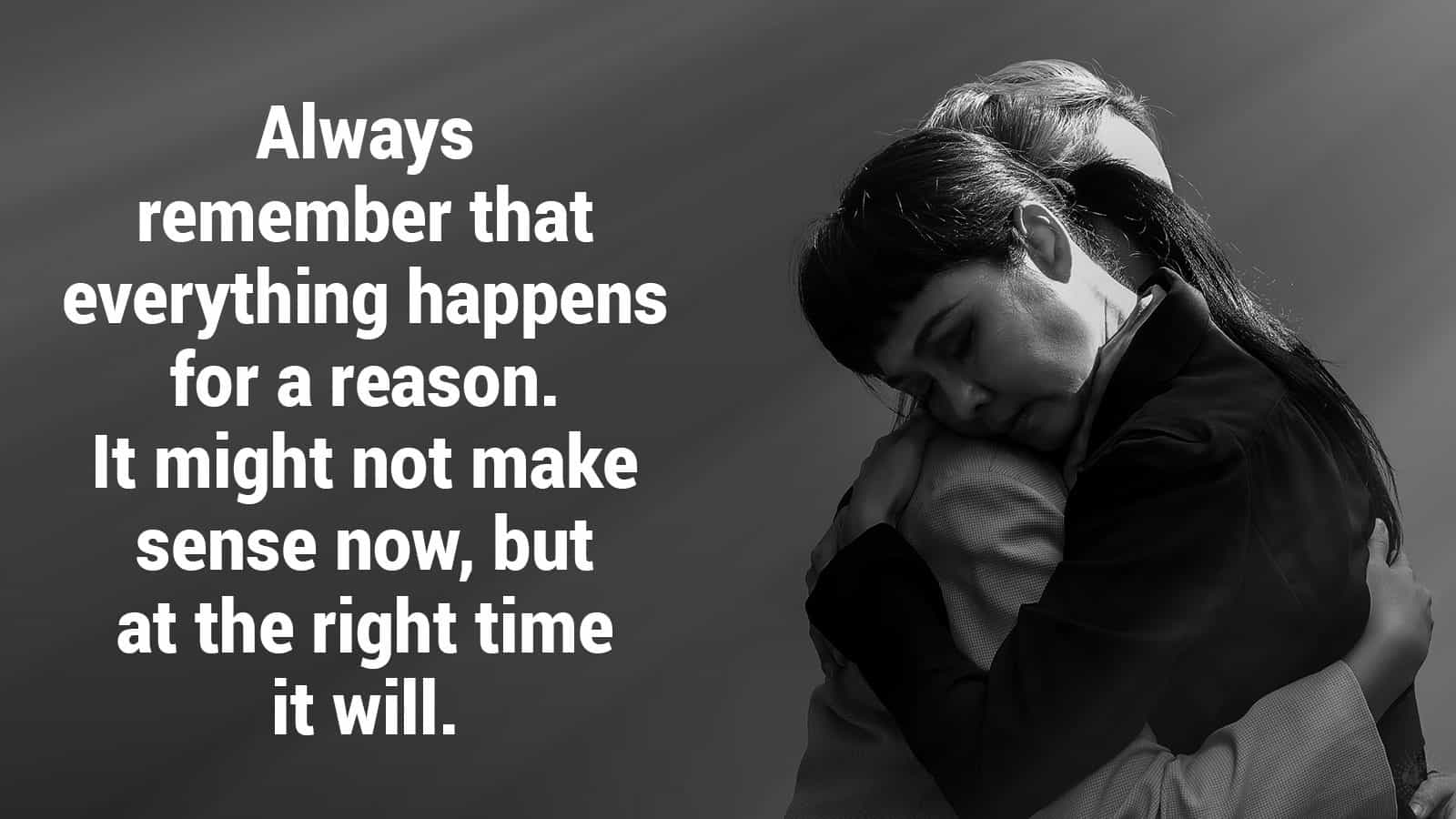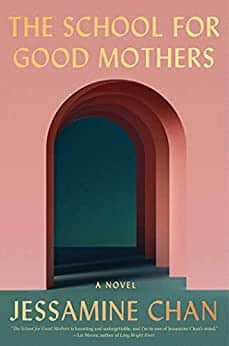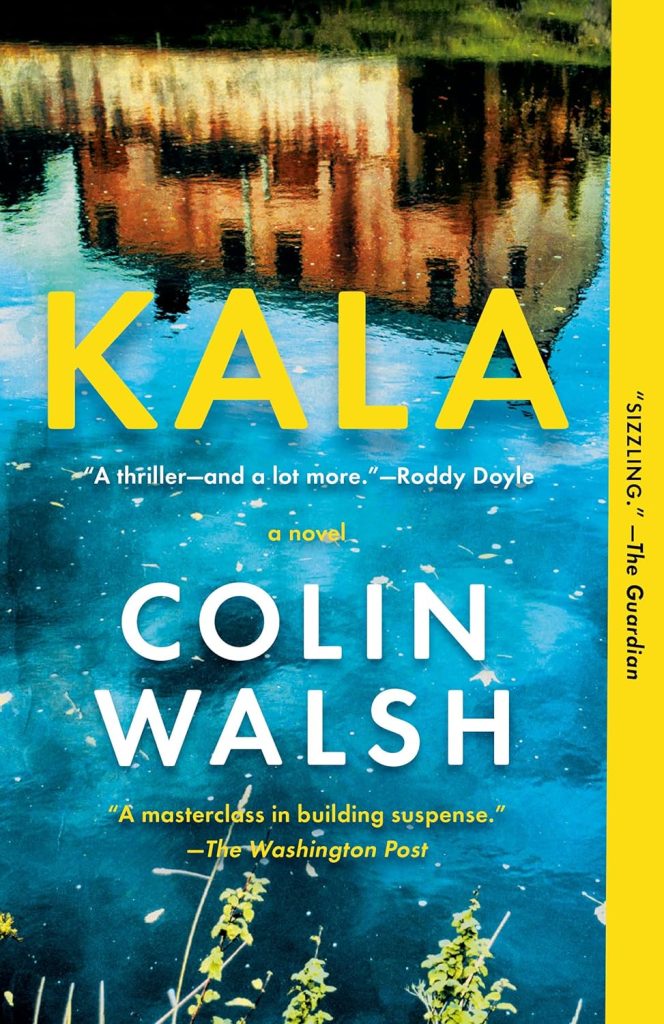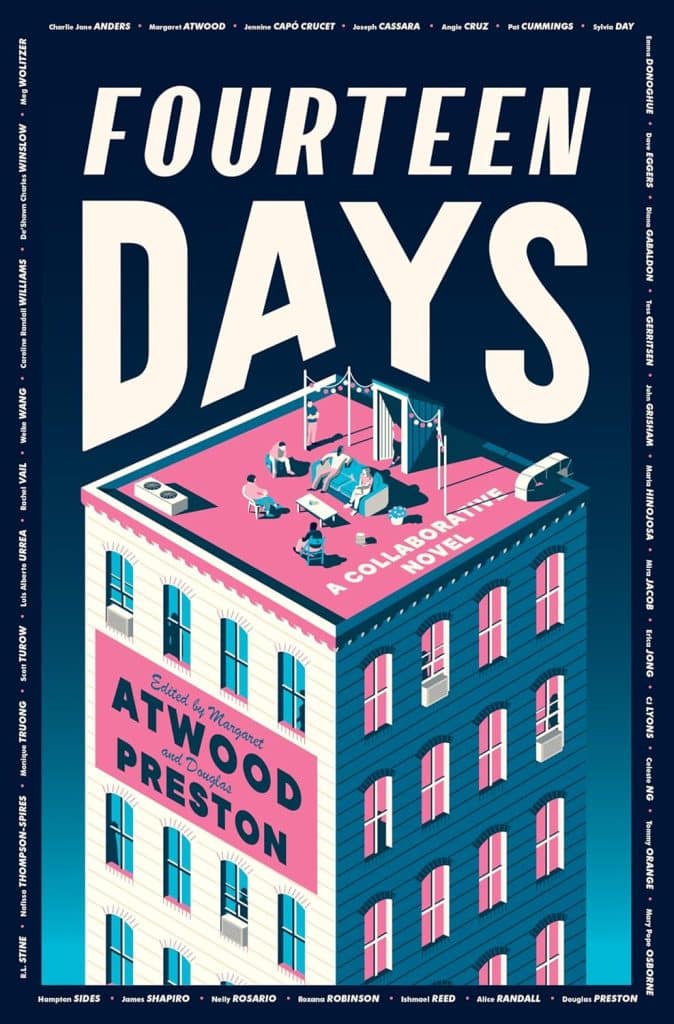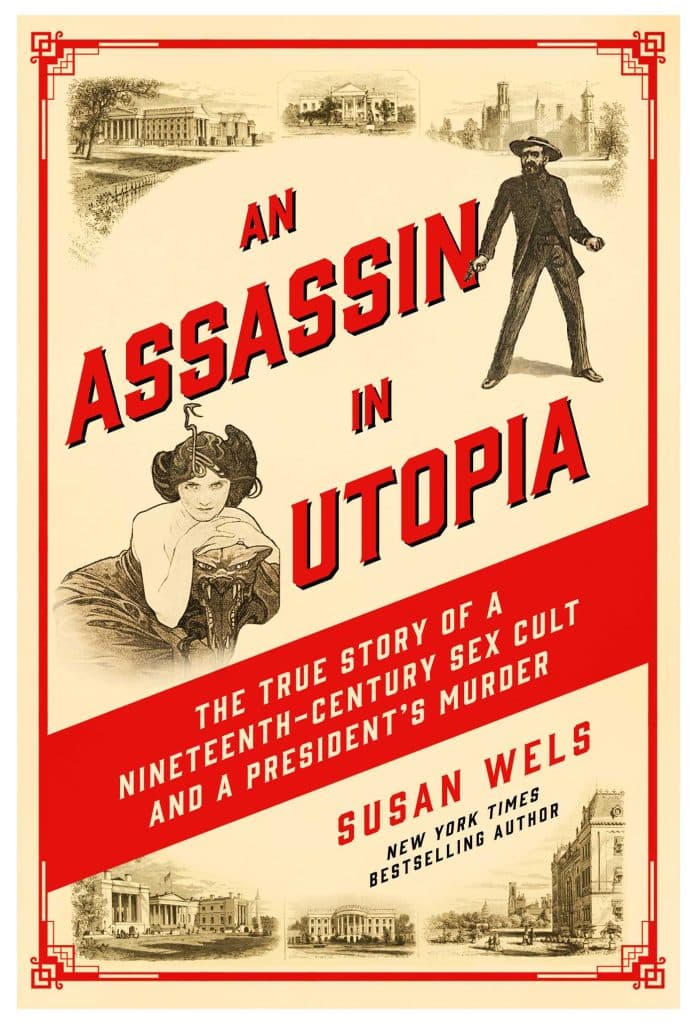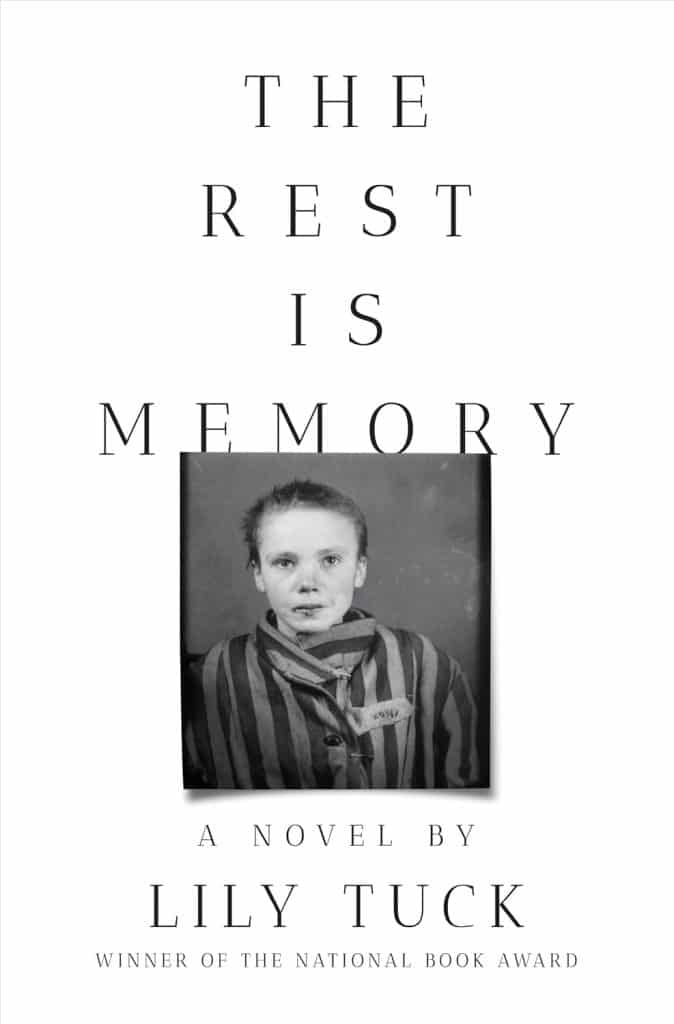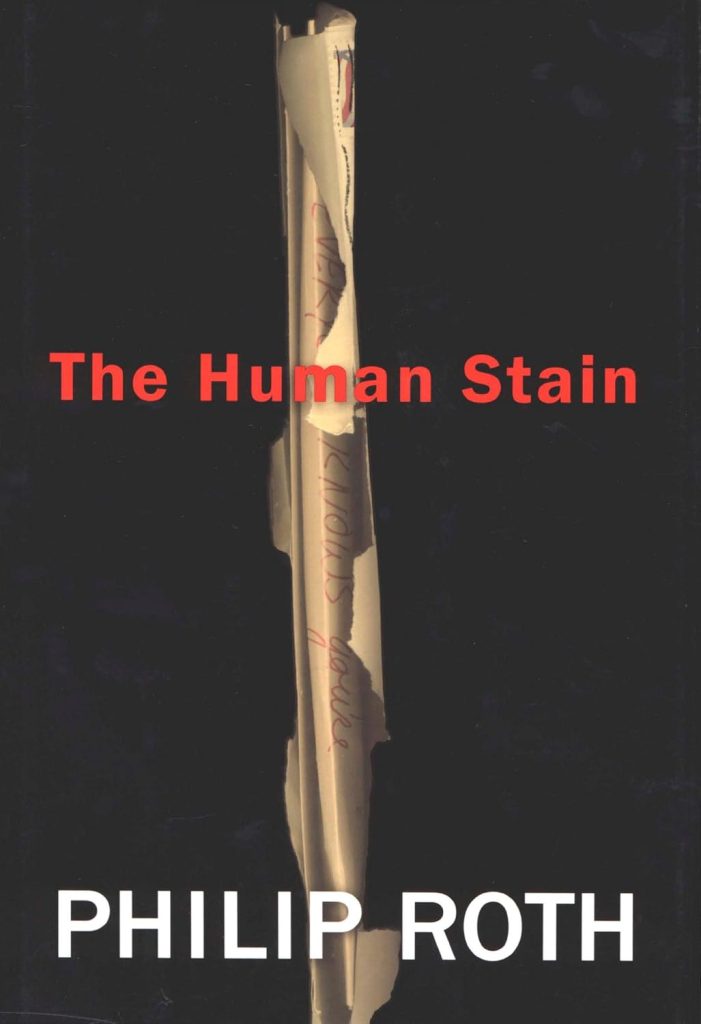
Two Hundred Forty-five Days
Estimated reading time: 0 minutes, 42 secondsJan died eight months ago today. It has also been two hundred forty-five days or thirty-five weeks. Regardless of how you count the time, it seems as if our last kiss was only a few minutes ago. Some days speed by so fast that they only last eight minutes. Other days creep along so slowly that they seem to last as long as eight days.
Every day, I focus on growing around my grief.
I read more, walk too much, engage with more people, and dream of Jan.
Love never dies, but life is not always easy.
I receive a commission when you buy a book or product using a link on this page. Thank you for supporting Sharing Jan’s Love blog.




